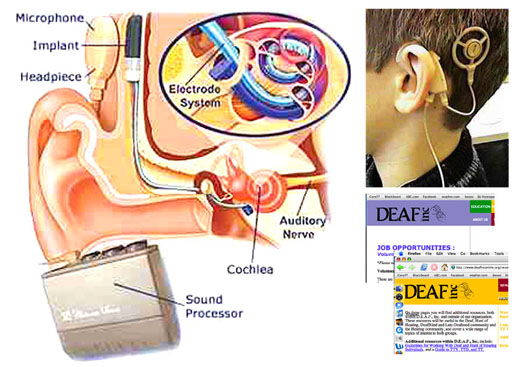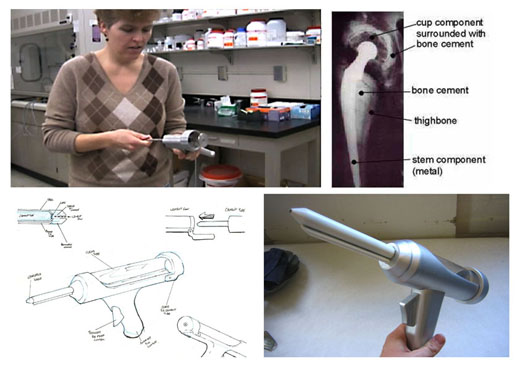Talking with experts
“Talking with experts” was a two weeks assignment that the 4th year students at the Industrial and Interaction Design programme at Syracuse University did as part of the Environmental Design class.
The project was based on Material Beliefs, in collaboration, approach and students where taught to challenge their working methods by encouraging to talk with experts and bring them as collaborators of their work.
As described at Design and the Elastic Mind catalogue preface by “Nowadays the role of design is changing… we are looking at one of the design’s most fundamental roles: the translation of scientific and technological research into approachable objects that change people’s lives and as a consequence, their environment”
The aim of the this brief project was to enable space for students to create a collaboration between design and other disciplines, starting to depend more on experts opinions by interpreting and translating that feedback in their design projects.
The areas of interest gravitated around genetics, bioengineering, gerontology, the increase of life expectancy and ageing, regenerative technologies, tissue engineering and prosthesis and implants.
Interesting outcomes took place such as the work of the students, Jeanne Harran and Adam Karl, just to mention some examples.
Also students used their learnings to apply, afterwards, in other projects.
Initially teaming up with Ashley Waring, Jeanne and Ashley interviewed Prof. Robert Smith working at the Dep. of Biomedical & Chemical Engineering at Syracuse University. Currently he is working on cochlear implants and how can they improve the quality of life of individuals with auditory needs, at the Institute for Sensory Research. They also spoke with Joanne a research participant that received a cochlear implant after losing hearing in both ears at the age of 19th. Her implant had a great success.
However for children who were born deaf these implants have a better chance of being succeed if made at the age of 2.
Jeanne decided to take the project further and focused on the ethical issues behind cochlear implants. Since parents play a key role in the child development along with the moral responsibility to opt by an implant. However members of the deaf community believe that implanting an infant is morally wrong.
Her project is to create an interface that could help both parents and child to become part of the deaf community as well as help to carry some of the problems that they have to face with the implant.
By other hand Adam took a more problem solving approach. RJ Wattles, Evan Williams and Adam interviewed Prof. Julie Hasenwinkel working at Syracuse University L.C. Smith College of Engineering and Computer Science. Julie is researching absorbable biopolymeric gels for post-surgical tissue adhesions and new solutions for bone cements for fixation of joint replacements. During the interview they found out how cement guns were difficult to use and cumbersome. Certain cement mixing systems were also inefficient and complex.
As Adam decided to continue to collaborate with Julie team, he decided to design the implant cement injection gun.

